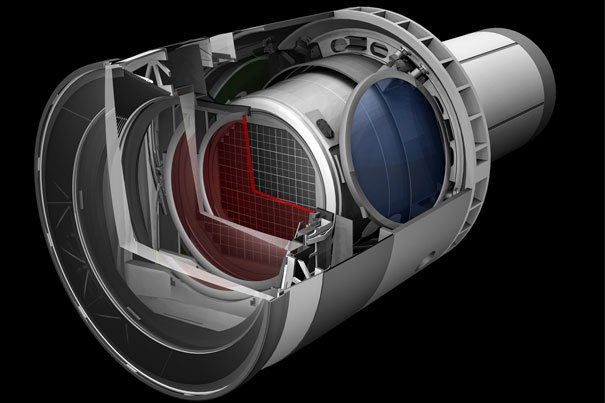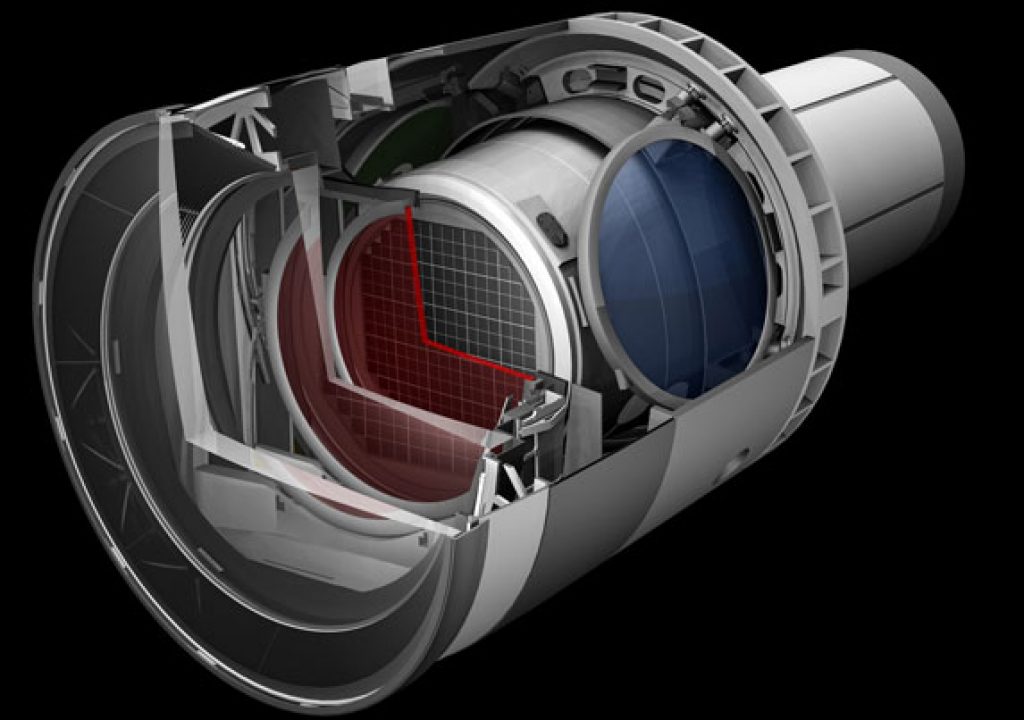
The camera that will be the eye of the Large Synoptic Survey Telescope (LSST) received green light and construction will start soon. When ready, it will create movies of the sky with unprecedented details.
The Department of Energy has approved the start of construction for a 3.2-gigapixel digital camera – the world’s largest.The construction milestone is the last major approval decision before the acceptance of the finished camera, said LSST Director Steven Kahn: “Now we can go ahead and procure components and start building it.” Funding for the camera comes from the DOE, while financial support for the telescope and site facilities, the data management system, and the education and public outreach infrastructure of LSST comes primarily from the National Science Foundation (NSF).
We will have to wait until 2022 to see the LSST in action. Assembled at the DOE’s SLAC National Accelerator Laboratory, the camera will take digital images of the entire visible southern sky every few nights from atop a mountain called Cerro Pachón in Chile. It will produce a wide, deep and fast survey of the night sky, cataloguing by far the largest number of stars and galaxies ever observed.
The exploded view of the LSST’s digital camera shows its various components, including lenses, shutter and filters
During a 10-year time frame, LSST will detect tens of billions of objects—the first time a telescope will observe more galaxies than there are people on Earth – and will create movies of the sky with unprecedented details. The telescope’s camera – the size of a small car and weighing more than three tons – will capture full-sky images at such high resolution that it would take 1,500 high-definition television screens to display just one of them.
Components of the camera are being built by an international collaboration of universities and labs, including DOE’s Brookhaven National Laboratory, Lawrence Livermore National Laboratory and SLAC. SLAC is responsible for overall project management and systems engineering, camera body design and fabrication, data acquisition and camera control software, cryostat design and fabrication, and integration and testing of the entire camera. Building and testing the camera will take approximately five years.
The LSST camera has a 1.6 m diameter front lens and a 63 cm diameter focal plane with 3.2 billion pixels
SLAC is also designing and constructing the NSF-funded database for the telescope’s data management system. LSST will generate a vast public archive of data—approximately 6 million gigabytes per year, or the equivalent of shooting roughly 800,000 images with a regular 8-megapixel digital camera every night, albeit of much higher quality and scientific value. This data will help researchers study the formation of galaxies, track potentially hazardous asteroids, observe exploding stars and better understand dark matter and dark energy, which together make up 95 percent of the universe but whose natures remain unknown.
Nadine Kurita, camera project manager at SLAC, said fabrication of the state-of-the-art sensors for the camera has already begun, and contracts are being awarded for optical elements and other major components. “After several years of focusing on designs and prototypes, we are excited to start construction of key parts of the camera. The coming year will be crucial as we assemble and test the sensors for the focal plane.”
In one shot, the Large Synoptic Survey Telescope’s 3.2-gigapixel camera will capture an area of the sky 40 times the size of the full moon
The National Research Council’s Astronomy and Astrophysics decadal survey, Astro2010, ranked the LSST as the top ground-based priority for the field for the current decade. The recent report of the Particle Physics
Project Prioritization Panel of the federal High Energy Physics Advisory Panel, setting forth the strategic plan for U.S. particle physics, also recommended completion of the LSST.
“We’ve been working hard for years to get to this point,” said Kurita. “Everyone is very excited to start building the camera and take a big step toward conducting a deep survey of the Southern night sky.”

